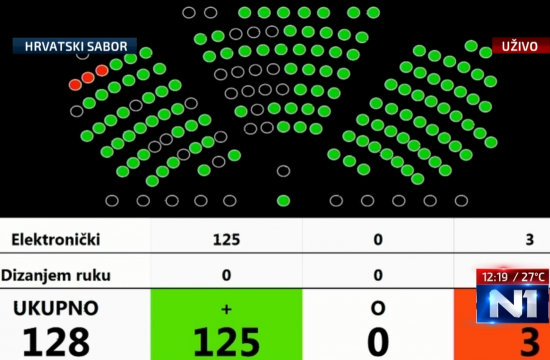Total deposits held by Croatian commercial banks reached HRK 325.4 billion at the end of October 2020, increasing both month on month and year on year, data from the Croatian National Bank (HNB) shows.
Deposits increased by 2.6 billion or 0.8% compared with September 2020 and by HRK 22.6 billion or 7.5% compared with October 2019, continuing their positive trend since the end of 2011.
Total deposits consist of demand deposits and savings and term deposits, while demand deposits include money in transaction accounts and banks’ obligations arising from kuna payment instruments issued.
Demand deposits rose by 0.7% from September to HRK 120.2 billion in October, accounting for 36.9% of total deposits. Compared with October 2019, demand deposits increased by 17.4% to HRK 17.8 billion, continuing their increase at double-digit rates since September 2015.
Analysts at Raiffeisen Bank (RBA) said that these trends were the result of low interest rates on term deposits, which led to disposable income being redirected to highly liquid types of deposits.
Total savings and term deposits both in national and in foreign currencies grew on the month by HRK 1.7 billion or 0.9%, continuing their annual growth for nine straight months by HRK 4.8 billion or 2.4% to reach HRK 205.2 billion at the end of October.
More than 85% of savings and term deposits were denominated in foreign currency, predominantly euros, and were mostly generated by households.
Total currency deposits rose by HRK 1.2 billion or 0.7% from September 2020 and by HRK 8.1 billion or 4.8% from October 2019, continuing their upward movement since July 2019.
The kuna depreciated against the euro by 0.3% compared with September 2020 and by 1.7% compared with the end of 2019.
RBA analysts said that a likely decline in future household disposable incomes and difficulties in the real sector could slow down the growth of total deposits with banks. Nonetheless, they expect demand deposits to continue growing the most, due to low interest rates, a high inclination to hold liquid assets and a disinclination to invest in other financial assets.




